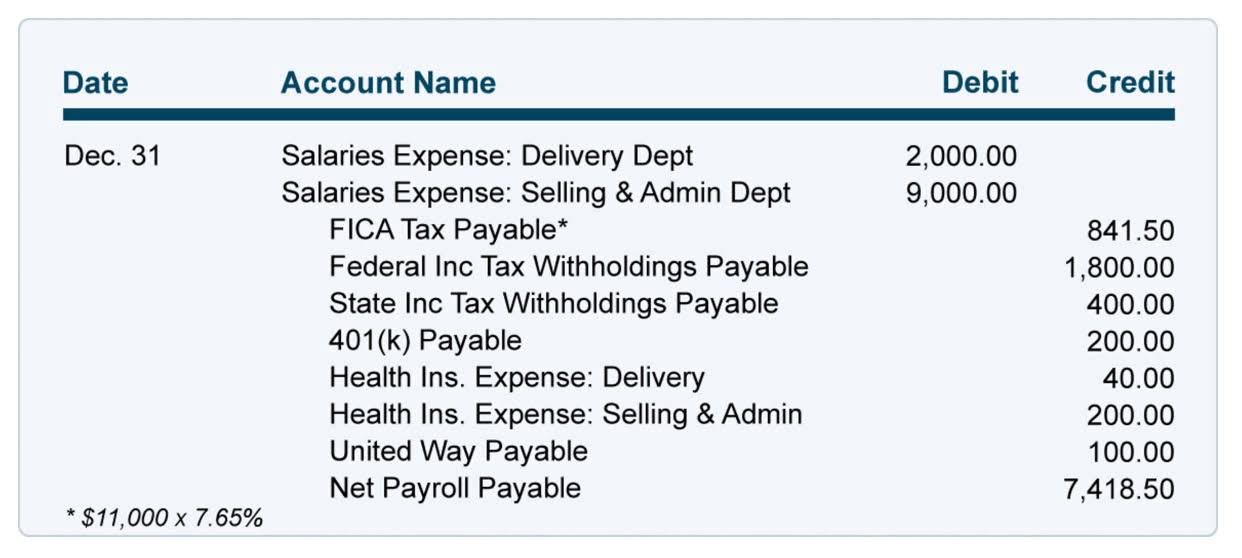8 Best Practices for Nonprofit Bookkeeping

In the world of nonprofit work, the term “statement of financial position” is widely used to describe how an organization plans to use its money. The official financial position is similar to a balance sheet in that it provides visibility into what a group owes, owns, or has in cash reserves at any given moment. The crucial difference between nonprofit and for-profit accounting is their relationship to profit. In contrast to for-profit businesses, a nonprofit’s main mission isn’t to generate a profit.
- Providing detailed information on your statement of functional expenses also helps when it’s time to complete your annual Form 990 which requires expenses to be separated in a similar fashion.
- But proper accounting (and the analysis it lets you do) is crucial to the survival of your organization.
- With the right approach and the best tool for the job, your organization can keep better books to help with transparency, annual reporting, and tracking your fiscal health.
- It ensures that all resources go to supporting the organization’s mission.
- In addition to paying employees, office & equipment expenses, and technology costs, nonprofits also need the right processes and procedures in place for audit readiness and mitigating watchdogs.
- You probably didn’t start a nonprofit organization to stare at spreadsheets and Google things like “how to record an in-kind donation.”
Then, plan out how you’ll spend your income in a way that achieves those goals. My experience inspired me to share some basic bookkeeping best practices nonprofit bookkeeping for nonprofit organizations. If you don’t keep track of revenue and expenses, it will be much more difficult to grow the organization.
NonProfitPlus
They also handle online bookkeeping for nonprofits and to handle all financial expenses error-free. Get our FREE guide to nonprofit financial reports, featuring illustrations, annotations, and insights to help you better understand your organization’s finances. We’re honored that over 120 nonprofits trust us with their bookkeeping and accounting. And we’d be excited to show you how we can help your organization meet your goals. But here is a list of tasks that some nonprofits push onto their bookkeepers that are instead the role of an accountant. On top of that, nonprofit bookkeeping requires staying updated on income tax changes and filing requirements to ensure compliance.

In this article, we’ll discuss key bookkeeping responsibilities and steps to efficient bookkeeping and provide 3 software options that can help. Once your vendor signs it, it’s a binding contract that tells you exactly how much you ordered from your supplier, how much you paid, and when the supplier agreed to deliver your order. But proper accounting (and the analysis it lets you do) is crucial to the survival of your organization. A purchase order is a document a purchaser (in this case, a nonprofit) sends to a vendor to confirm the purchase of different goods and services. For example, let’s say your nonprofit needs a car to run errands for the organization. A generous car dealership gives you a vehicle for free, but that doesn’t mean it wasn’t a transaction!
Raisely Has Joined Aplos to Help Nonprofits Grow…
And when you track your budget, you’ll be able to find more ways to save and spread that money elsewhere. For example, you can use those funds to build a responsive fundraising framework that better connects donors to relevant charities. This budget includes all of the expected income sources and expected expenses. Bookkeeping for nonprofits also helps organizations stay accountable through non-distribution constraint. This means that nonprofits are not allowed to distribute any net earnings to nonprofit leaders such as board members and executives.